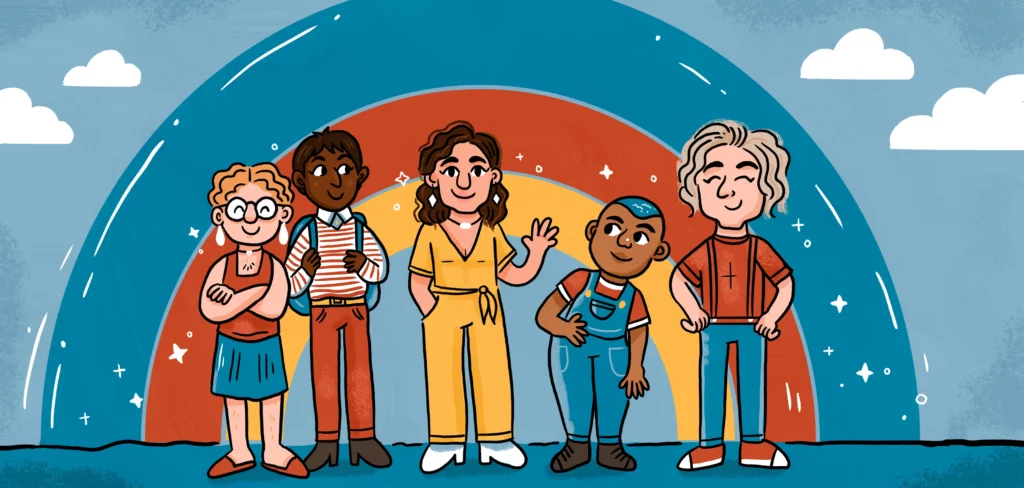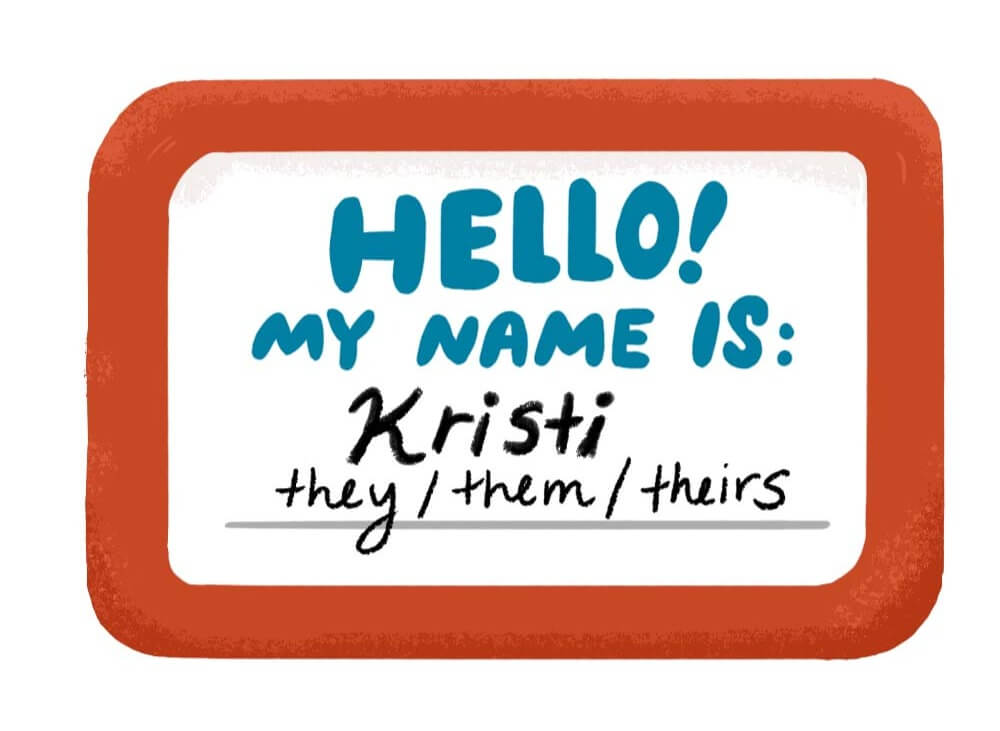June is Pride Month for the LGBTQIA community! Regardless of how inclusive your company is and non-discrimination laws and practices, there are many habits we can all implement to be better allies and make our workplaces more inclusive and welcoming to LGBTQIA coworkers.
Why is LGBTQIA inclusion important?
Despite decades of progress for LGBTQIA rights and equality–and some anti-discrimination legal protections–members of this community are often underrepresented and may feel isolated from one another, and their identities have only become accepted into mainstream society recently (generally speaking–there are still countless places where LGBTQIA people are actively persecuted and discriminated against in the US alone). LGBTQIA employees might believe being open about their sexual orientation will negatively affect advancement in their careers. And they face increased rates of harassment and discrimination in the workplace.
While many companies make public gestures of support, dramatic outward facing signs of progress can never be a substitute for the everyday practices and measures that inclusivity requires from each of us. Inclusivity and company culture go hand-in-hand, as inclusive work environments are often more competitive, bring together and maintain the best talent, and increase customer loyalty. This means if we want successful workplaces, we need inclusive workplaces. So, in the end, everyone is better served by a welcoming, positive workplace where LGBTQIA colleagues feel structurally, professionally, and personally supported, and ultimately safe to be themselves.
What are the basic requirements for LGBTQIA inclusivity?
In a healthy workplace, colleagues and bosses assume employees can be of any gender or sexual orientation, without requiring anyone to define themselves or fit a mold. Everyone is worthy of respect, and no one is required to come out in order to be treated with that respect.
While you might think you can “tell” someone’s gender or sexual orientation due to their dress or appearance, that assumption is based on stereotypes which can be harmful and may not even be correct. Let your colleagues take the lead on what they are comfortable with disclosing. Introducing yourself with your pronouns and using non-gender-specific terms for relationships such as “partners” are great ways to start the conversation without getting too personal.

What else you can do this Pride Month
There are many other things you can do this Pride Month in order to create a workplace where all LGBTQIA employees feel welcome and included.
Be mindful of the language you use when referring to folks’ gender and sexuality.
In 2022, there’s no need to address your audience as “ladies and gentlemen.” Not everyone identifies within those two terms, so saying “everyone” instead is a good start.
Normalize sharing pronouns.
While gender and sexual orientation are two different parts of each of our identities, including pronouns in your email signature and during introductions are two practices that can create an inclusive environment for all members of the LGBTQIA community, even those who aren't transgender or nonbinary. If you aren’t sure what pronouns your colleague uses, ask them. It’s more polite to ask, “What are your pronouns?” than to guess wrong.
Show support for your LGBTQIA colleagues by investing in and maintaining wider networks.
While the word “networking” is pretty stiff, it’s important to have connections in any industry in order to build your career. If you have decision-making power, create work events that help build inclusive networks for members of the LGBTQIA community. This doesn’t mean the events need to be exclusively for the LGBTQIA community; with enough company support, LGBTQIA-centered events can be a great way for people to connect with one another in a more inclusive environment.
Take a stand.
Demonstrate zero-tolerance for bullying and/or harassment. Simple as that. If you witness a colleague being stigmatized, stereotyped, or otherwise picked on for their sexuality, stand up for them. Bystander intervention works! And if you’re a manager, go on and report it. It’s your job.
For all of us, our work as allies is key to creating an inclusive workplace.

What does LGBTQIA stand for?
Let’s end with a quick terminology lesson, even if it might just be a reminder for some of you. LGBTQIA stands for Lesbian, Gay, Bisexual, Transgender, Queer, Intersex, and Asexual.
Sexual Orientation
describes a person's enduring physical, romantic, and/or emotional attraction to another person. Gender identity and sexual orientation are not the same. For example, transgender people may be straight, lesbian, gay, bisexual, or queer.
Let's continue with what might be the most familiar part of the LGBTQIA acronym, LGBT:
Lesbian
Usually, a woman who is attracted toward people of the same gender. (This can also include nonbinary people who choose to identify as lesbians because of their connection to womanhood and attraction to women.)
Gay
Often used to describe men who are attracted to men. It can also be used more generally to describe people who are attracted to people of the same gender. The term “homosexual” is outdated and no longer appropriate to use.
Bisexual or Bi
A person who is attracted to those of the same gender and to those of another gender. While similar, but not interchangeable, “pansexual” describes someone who is attracted to others regardless of gender or gender identity.
Transgender
Describes someone whose gender identity does not correspond to the legal sex they were assigned at birth.
In recent years, the acronym has grown with our understanding of what the LGBTQIA community really looks like. So let’s look at the QIA portion of the acronym:
Queer
An umbrella term once considered derogatory, “queer” has been reclaimed by some members of the LGBTQIA community whose sexual orientation and/or gender do not fit neatly in other LGBTQIA categories.
Intersex
Describes people born with reproductive or sexual anatomy that cannot be classified as typically male or female. While some people who are intersex may also identify as transgender, the two should not be conflated.
Asexual
Describes people who do not experience sexual attraction. A person can also be “aromantic,” meaning they do not experience romantic attraction.
Some people also add a plus (+) symbol to the end of the acronym in order to acknowledge that there are other identities that we may not have definitions for yet. Fortunately, there are online, up-to-date glossaries like GLAAD’s and the one from UC Davis.
Looking for inclusive workplace training that values LBTQIA visibility and advocacy? Check out Ethena’s best-in-class courses here!









